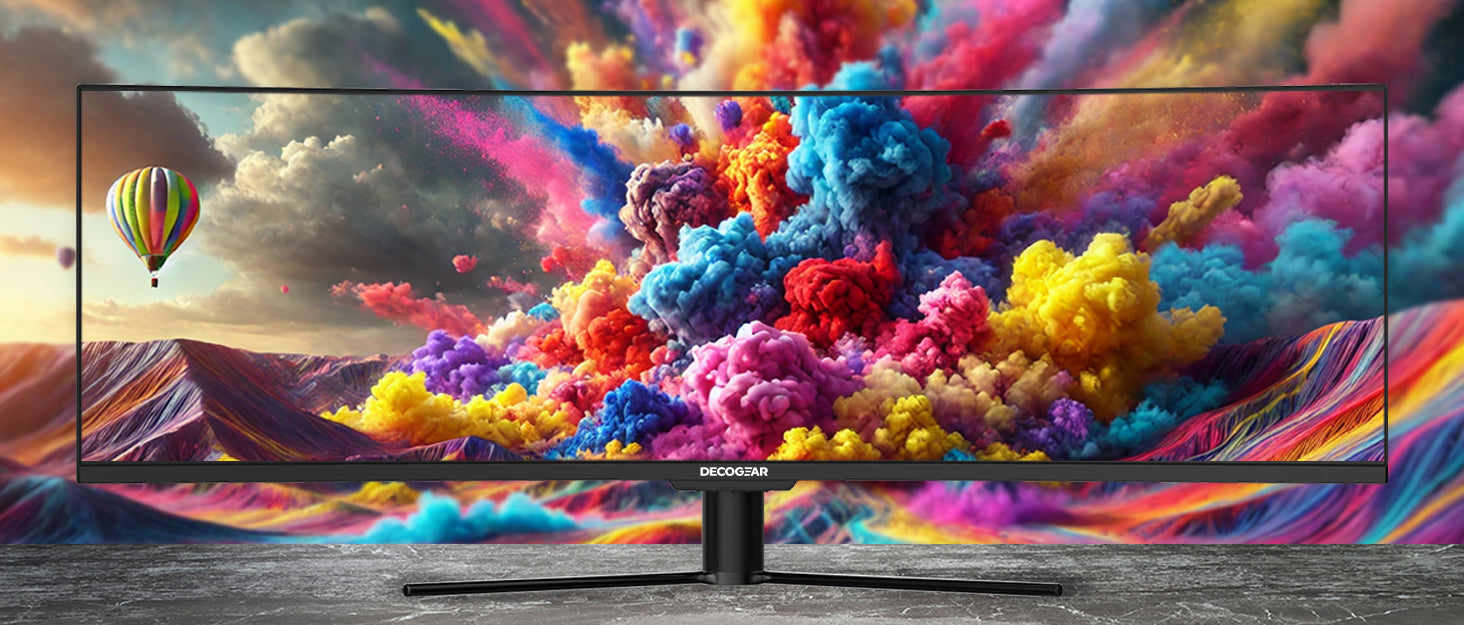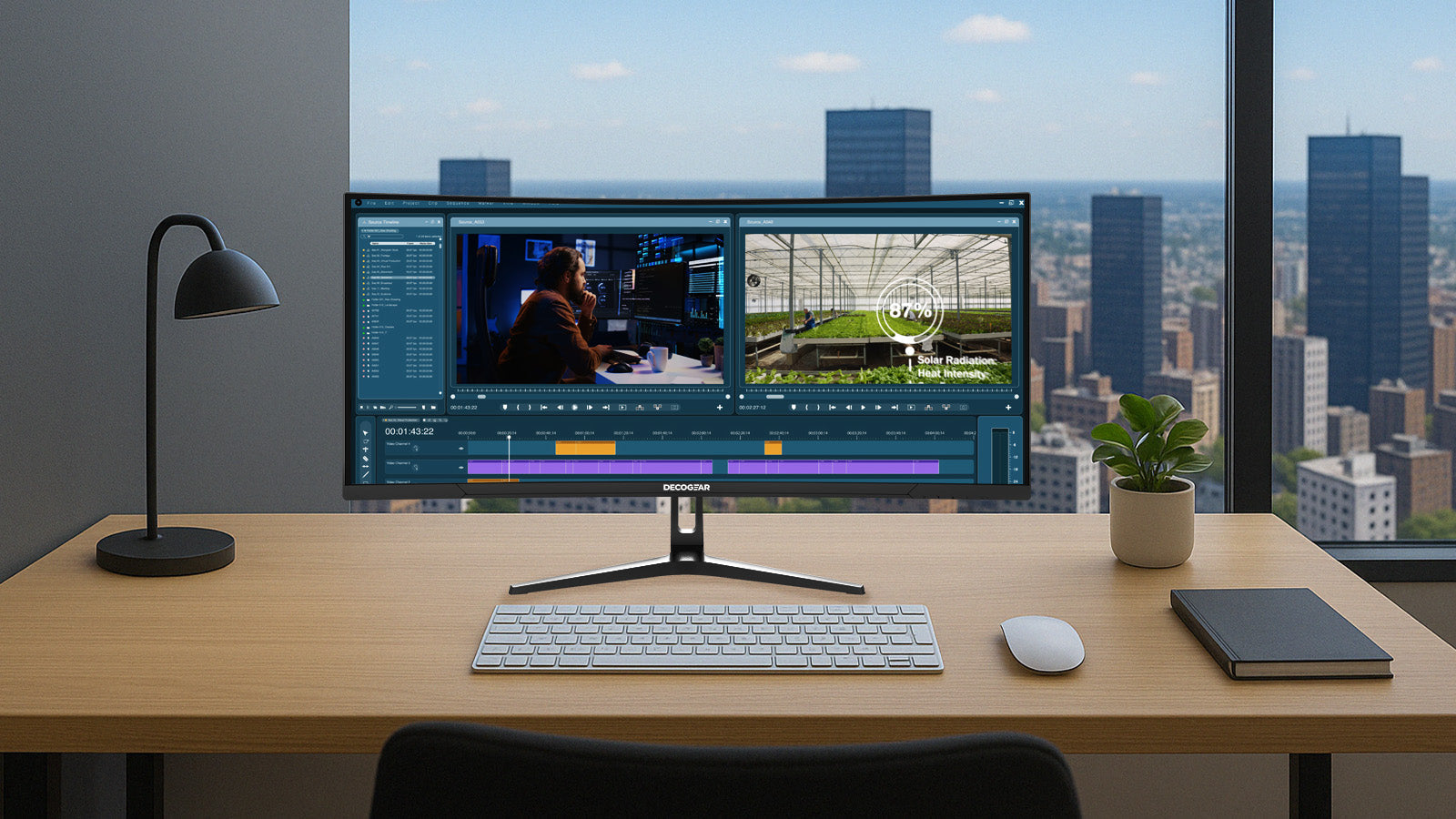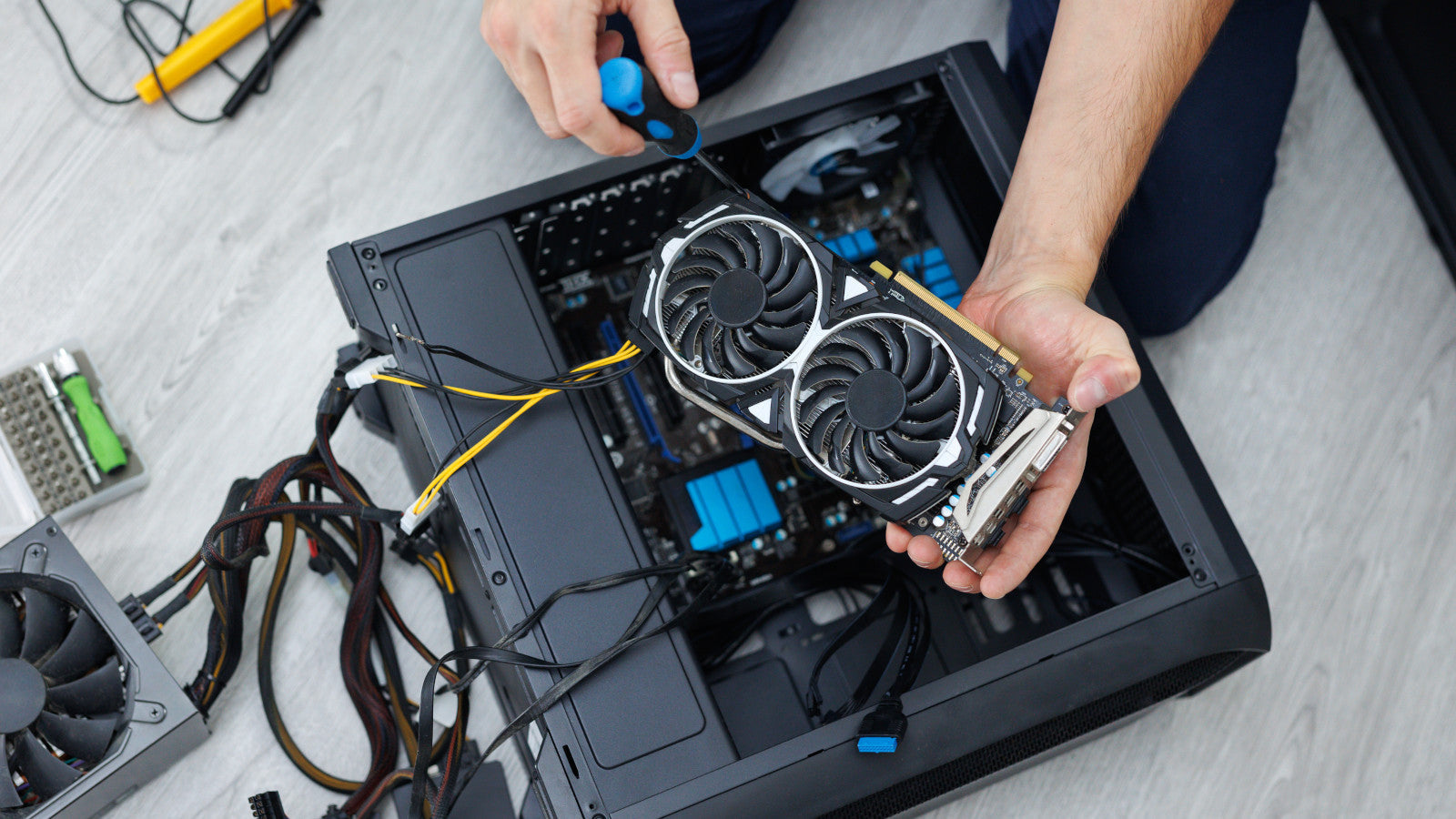Whether you're a graphic designer, photographer, or tech enthusiast, achieving accurate colors on your monitor is crucial for your work. Monitor calibration ensures that the colors displayed on your screen are true to life, providing consistency across different devices and improving the quality of your projects. In this guide, we'll delve into what monitor calibration entails, explore the essential tools, and provide a detailed, step-by-step process for calibrating your screen. Additionally, we'll discuss how to maintain color accuracy over time. Let's dive in!
Understanding Monitor Color Calibration
Monitor color calibration involves adjusting display settings to ensure the colors seen on-screen are accurate and consistent with real-world hues. This process is vital for professionals in graphic design, photography, and video editing, where precise color representation is paramount. Screen calibration directly impacts display quality by eliminating discrepancies caused by variations in monitor manufacturing and environmental factors. Properly calibrated monitors display more vibrant and true-to-life colors, allowing users to make informed decisions based on accurate visual information.
Despite its importance, misconceptions about color accuracy are common. Some believe that purchasing a high-end monitor guarantees accurate colors, but this isn't the case. Even top-tier monitors can display colors inaccurately without proper calibration. Additionally, monitor color calibration isn't a one-time task; it should be conducted regularly to account for changes in ambient light and monitor performance over time. Understanding these aspects allows users to optimize their digital environments and achieve desired results.

Essential Tools for Screen Calibration
Achieving optimal monitor color calibration requires the right tools. Begin with hardware essentials: a high-quality monitor capable of displaying a wide color gamut is crucial. Additionally, ensure your graphics card supports advanced color management features to enhance calibration efforts. For precise measurements, consider a hardware calibration device like a colorimeter or spectrophotometer. These devices accurately assess your monitor's color output and guide the calibration process.
Explore software options for color calibration. While many monitors come with built-in calibration software, third-party programs like DisplayCAL or CalMAN offer advanced features. They provide detailed adjustments and profiling capabilities, ensuring your monitor displays colors accurately across various applications.
Understand calibration devices and their functions. Colorimeters are popular for their ease of use and affordability, suitable for most users. They measure the monitor's color output and create profiles to correct discrepancies. Spectrophotometers are more sophisticated, measuring a wider range of colors, ideal for professional environments where precision is crucial. Utilize these tools effectively to ensure your monitor displays true-to-life colors, enhancing your viewing experience.

Step-by-Step Monitor Calibration Process
Calibrating your monitor ensures accurate and true-to-life color display. Follow this step-by-step guide to start:
First, set up your monitor correctly. Position it in a well-lit room, avoiding direct sunlight to prevent glare and visibility issues. Adjust the monitor height so the top of the screen is at or just below eye level. Allow the monitor to warm up for at least 30 minutes before calibration for consistent performance.
Next, adjust brightness, contrast, and color settings. Begin with brightness, setting it to a comfortable level where details are visible without straining your eyes. Adjust contrast to enhance differences between dark and light areas. Tweak color settings for a balanced, natural look. A good starting point is a color temperature of 6500K, standard for most environments.
For accurate results, use calibration software. While many monitors have built-in tools, software options offer advanced features. Decogear can guide you through adjustments based on your monitor's characteristics. Follow on-screen instructions and let the software measure and adjust settings accordingly. By the end, your monitor should display precise colors, enhancing your viewing experience.
Maintaining Color Accuracy
Regular monitor color calibration is essential to ensure your screen displays accurate colors consistently. Professionals in graphic design or photography should calibrate monthly, where precision is crucial, while casual users can recalibrate every three to six months.
Signs your monitor may need recalibration include dull or inconsistent colors and images appearing differently on various devices. If your monitor has been moved or its settings adjusted, recalibrating helps restore accuracy.
Maintain optimal color settings between calibrations with practical tips. Keep your monitor in consistent lighting, as ambient light changes affect color perception. Avoid direct sunlight or bright lamps. Regularly check settings to ensure they haven't been altered inadvertently. Using high-quality calibration tools, enhances calibration accuracy. Follow these guidelines to enjoy vibrant, true-to-life colors for all your visual projects.



Share:
Why Content Creators & Video Editors Love Ultrawide Monitors